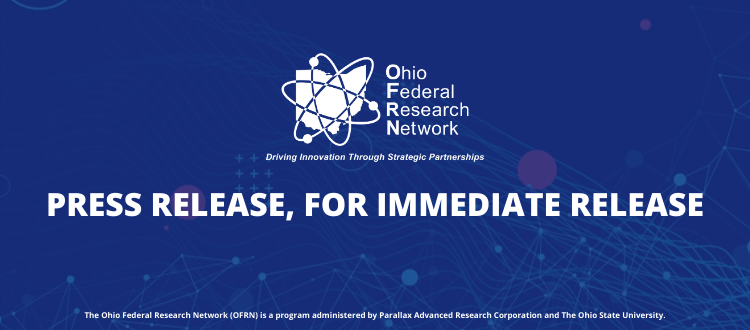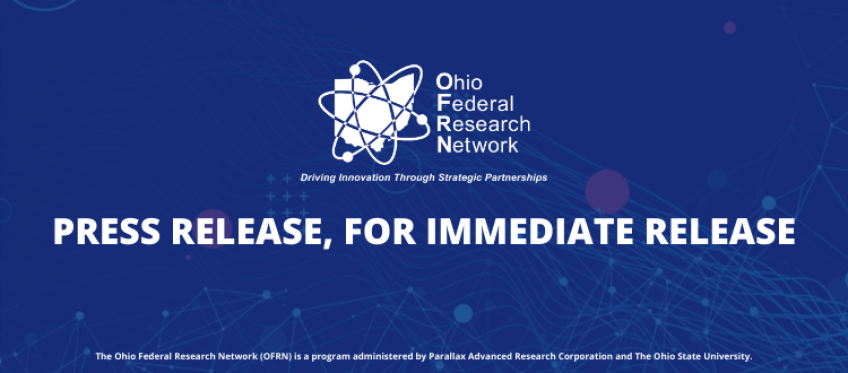(Dayton, Ohio)… A new Lithium-Sulfur battery being developed in an Ohio research collaboration can store two to three times as much energy as the most efficient Lithium-Ion battery on the market.
Over the past many years, groups like the United States Air Force and NASA have focused on improving the safety and stability of high energy density batteries. Dr. Jitendra Kumar, Senior Research Scientist at the University of Dayton Research Institute (UDRI) in partnership with Case Western Reserve (CWRU), is currently pursuing a high energy, long lasting, and most importantly, safer battery.
Right now, this technology is at a point where Lithium-Sulfur battery cycle-life is not long enough and its safety is still below commercial standards. Dr. Kumar’s research is heavily focused improving the cycle-life and safety of these next generation batteries, in order to bring the technology one step closer to commercial reality.
The work being done through UDRI and CWRU was able to align with the needs of the US Air Force and the National Aeronautical and Space Administration’s Glenn Research Center (NASA-GRC) because of the Ohio Federal Research Network (OFRN).
According to Dr. Kumar “the next step in bringing Lithium-Sulfur batteries to commercial market will require our teams to produce them on a much larger scale with optimized components. The funding provided by the Ohio Federal Research Network is allowing us to secure more financing that will get us to the next step in the commercialization process.”
Before the Ohio Federal Research Network invested in this research, Ohio’s footprint in the arena of advanced battery research and development was under threat. Dr. Kumar was struggling to acquire funding for his research. OFRN’s funding to study and develop next generation batteries became a lifeline for him, his team and his lab. Now, thanks to the seed money funded through OFRN, this research has put Ohio at the forefront of advanced battery research. Industry partners such as UES, CRG, and Xerion are now working with Dr. Kumar’s research teams to see this technology brought to market.
But it was OFRN’s unique positioning that identified the commercialization potential in next generation batteries.
By bringing Ohio’s top research institutions to join together, OFRN is building and growing partnerships with industry and federal laboratories and turning ideas into solutions, businesses, and jobs– at record speeds.
OFRN already has leveraged $32 million in state funds to attract nearly $139 million in new research awards, and has $350 million more in its funding pipeline. OFRN research projects include 11 universities and community colleges throughout the state and 57 industry partners. The OFRN projects have also resulted in six new Ohio companies.
About OFRN. The Ohio Federal Research Network (OFRN) is a unique applied research collaborative created by the Ohio General Assembly in 2015. OFRN’s intent is to create external investment and business opportunities for Ohio. OFRN’s vision is to drive innovation among Ohio’s research universities, community colleges, and industry. OFRN focuses on priority research initiatives of Ohio-based federal partners, including the Air Force Research Lab (AFRL), the Naval Medical Research Unit Dayton (NAMRU-D), the National Air and Space Intelligence Center (NASIC), and the National Aeronautical and Space Administration’s Glenn Research Center (NASA-GRC).
For more information about the Ohio Federal Research Network, go to www.ohiofrn.org


